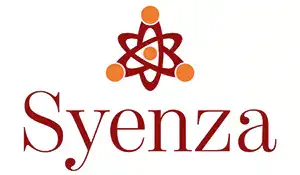
A recent article provides a comprehensive comparison of 16 deep learning models focused on cervical cancer classification using transfer learning from pap smear images. The study utilized two publicly available datasets, Herlev and SIPaKMeD, and evaluates the performance of various pre-trained CNN models such as VGG16, VGG19, ResNet series, DenseNet series, MobileNet, XceptionNet, InceptionV3, and InceptionResNetV2. The results reveal that models like VGG16 and ResNet50 achieved high accuracy rates, outperforming traditional classification methods and existing state-of-the-art approaches.
Study Details
The study highlighted that VGG16 and ResNet50 models achieved the highest accuracy rates on the SIPaKMeD and Herlev datasets, respectively. For instance, VGG16 achieved an accuracy of 99.95% for 2-class classification on the SIPaKMeD dataset, while ResNet50 reached an accuracy of 95.10% for 2-class classification on the Herlev dataset. The application of data augmentation techniques alongside transfer learning significantly enhanced the models’ performance and generalizability. Data augmentation expanded the dataset size, whereas transfer learning utilized pre-trained models to adapt efficiently to new tasks. The proposed method outperformed existing state-of-the-art methods in terms of accuracy and F1-score, showcasing its superiority in cervical cancer classification.
Cost-effectiveness of AI-enabled Cervical Cancer Classification
The adoption of deep learning-based computer-aided detection (CAD) systems for cervical cancer classification could be cost-effective over time. These systems reduce the reliance on manual screening, which is labor-intensive and requires highly trained personnel. Automated screening can also decrease the time and resources needed for diagnosis, potentially lowering healthcare costs. In resource-limited settings, deep learning models can provide substantial benefits. They can help address the shortage of trained personnel, improving the accuracy of cervical cancer diagnoses and enhancing healthcare outcomes. The high accuracy of these models in diagnosing cervical cancer at early stages can lead to improved treatment outcomes. Early detection minimizes the need for invasive and costly treatments, yielding significant economic and health benefits.
These deep learning models can help reduce mortality rates. Early detection and effective treatment are crucial to mitigating deaths from cervical cancer. Also, the integration of these models into public health policies could strengthen national cervical cancer screening programs. This includes training healthcare professionals in using these systems and ensuring the necessary infrastructure supports their implementation. Further research is needed though and collaboration to compile larger, diverse datasets and address current model limitations. This collective effort can lead to the development of more robust and generalizable models applicable across different healthcare settings.
Reference url





